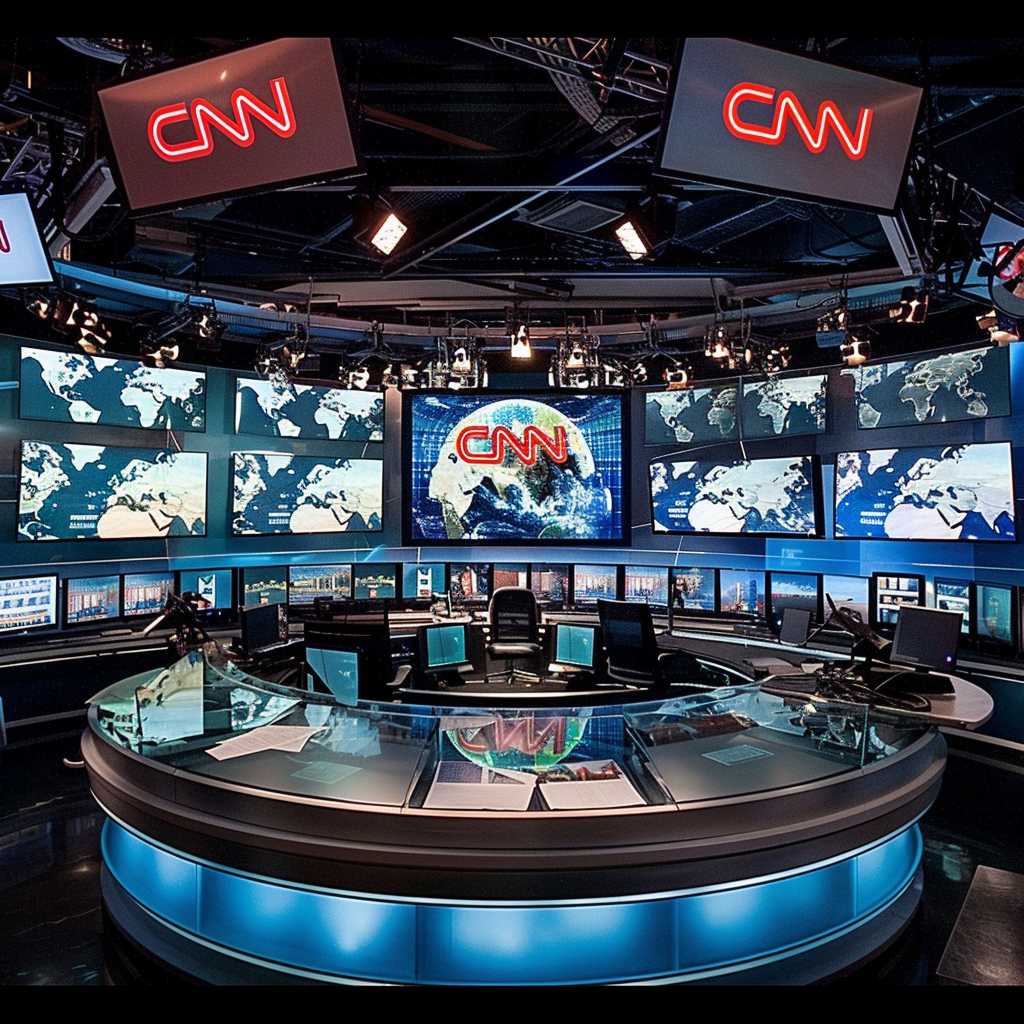The Evolution and Impact of CNN in Broadcasting News
CNN, or Cable News Network, has played a crucial role in news broadcasting since its inception. It has established itself as one of the pioneers in 24-hour news coverage, influencing the way news is presented and consumed globally. The network has undergone significant transformations since it first aired, shaping not only its own future but also setting standards within the industry. This article provides an in-depth analysis of CNN’s history, its expansion, editorial approach, controversies, and its place in the modern media landscape.
History and Founding of CNN
CNN was the brainchild of media tycoon Ted Turner, who launched the network on June 1, 1980. It was the first television channel to provide 24-hour news coverage and the first all-news television channel in the United States. Turner’s ambitious project was met with skepticism, as many doubted there was enough demand for constant news broadcasting. However, CNN quickly became a significant player in the industry, providing comprehensive coverage of events such as the Challenger disaster in 1986 and the Gulf War in 1991.
Growth and Expansion
Following its inception, CNN expanded its reach globally. In 1985, it launched a sister station called CNN International, which made its content accessible to a global audience. The network continued to introduce innovative programming and technological advancements, such as satellite newsgathering capabilities that enabled quick news reporting from virtually anywhere in the world. As cable and satellite television became more widespread, CNN’s audience grew exponentially.
Editorial Approach and Programming
CNN’s editorial approach can be characterized by its rapid coverage of breaking news events and providing a mix of news reporting along with opinion pieces and analysis. The network’s programming schedule includes a variety of news shows, investigative reports, talk shows, and political commentary. CNN has been recognized for pushing the boundaries of journalistic storytelling by integrating digital media and broadcasting platforms to reach wider audiences.
Controversies and Criticisms
Despite its success and innovations in journalism, CNN has not been devoid of controversies and criticisms. Critics have often accused the network of biased reporting—both to the left and to the right—a charge that major media entities frequently encounter. The high-demand pressures of 24-hour news cycles have also led to hasty reporting at times, resulting in retractions or apologies for unverified or inaccurate information.
Additionally, some have pointed to instances highlighting unduly sensational coverage aimed at increasing viewership or perpetuating a ‘cycle’ where certain perspectives dominate over others. Despite this, CNN continues to maintain that it delivers balanced and fair journalism. In response to criticism, it repeatedly champions its commitment to holding those in power accountable regardless of political alignment.
CNN’s Role in Modern Media
Today’s media landscape is saturated with endless streams of information and an array of digital platforms competing for attention. CNN has adapted to this digital era by incorporating social media, offering mobile services, and developing interactive platforms for viewers to engage with content. While cable television remains core to CNN’s delivery system, it recognizes the importance of a strong online presence.
CNN remains at the forefront of employing cutting-edge technology such as virtual reality and immersive 360-degree video experiences in journalism. The network understands that staying relevant in this rapidly evolving industry requires adapting swiftly and efficiently to the digital preferences of audiences worldwide.
Notes
*Image Description*
An image showing a professional news studio environment with multiple TV screens showcasing the CNN logo. At the center is an anchordesk with a globe prominently displayed — symbolizing worldwide coverage — signifying CNN’s positioning as a global leader in news broadcasting. There are no identifiable people in this stylized depiction; rather, it represents an idealized image of CNN’s studio setting.
